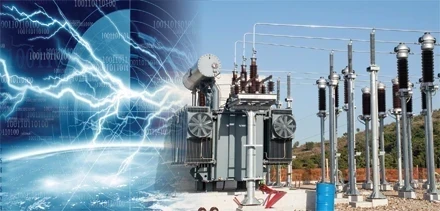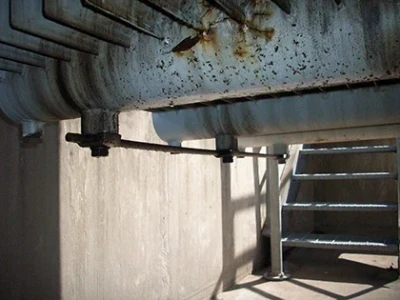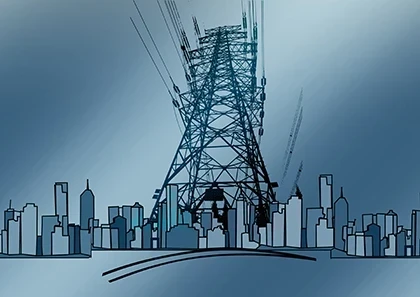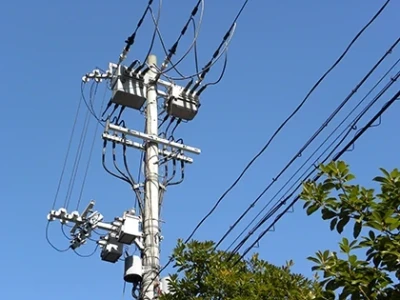Transformer Testing & Maintenance
Advantages of Headspace Hydrogen Monitoring for Network Transformers
Why event-based fault type identification is better than a sample-by-sample approach
Transformer Testing & Maintenance

Renewable Insulation Liquids for Transformers
Turning electrical assets into green machines
BY RONNY FRITSCHE & GEORG PUKEL, Siemens AG
Transformers are one of the most important components of energy grid systems. They enable the efficient transport of electric energy from the location where the energy is generated to the location where the energy is needed. Transformers, especially power transformers, are conventional electric equipment based on physic concepts and materials developed decades ago, making it critical to implement new designs and...
Related Articles

Why event-based fault type identification is better than a sample-by-sample approach
Introduction Fault type identification is an important step in dissolved gas analysis (DGA). When a significant amount fault gas production is detected in a transformer, we want to know what kind of physical condition could be responsible for the gassing. Knowing the type of fault can help to...

Conductive Glues
Electrically conductive pastes in high-voltage transformers BY LISA RINALDO, Prohm-tect As with other components of North American infrastructure such as wastewater and stormwater systems, much of the continent’s electrical grid faces long-term problems. Aging facilities, rising energy demand,...

Radiator Fin(s) Leak Repair
Radiator fins are notorious for leaking at various locations. One of which is where the fins are attached (welded) to the horizontal bottom-run header. Measurements are taken so a weir box can be installed to cover the fin(s) that are leaking. It is preferred the weir box will cover above the...

Advancements in Dissolved Gas Analysis: Accounting for Gas Loss
Dissolved gas analysis (DGA) in transformers is a very successful periodic screening method to identify transformers that may be having problems. It is a symptom-based assessment of health, rather than a condition-based assessment. That is because the gases themselves do not cause failure, but are...

Cyber Threats on the Rise Invest Now to Boost Power Grid Defenses
Critical infrastructure security is in the national spotlight. In 2020, the power grid and energy sector was the third most targeted sector for cyber-attacks, up from ninth place in 2019, and the threats are growing more sophisticated. The Biden administration recently issued a national security...

Dielectric Voltage Testing – Standard Methods
There are two standard methods from ASTM International: D877, Standard Test Method for Dielectric Breakdown Voltage of Insulating Liquids Using Disk Electrodes, and D1816, Standard Test Method for Dielectric Breakdown Voltage of Insulating Oils of Petroleum Origin Using VDE Electrodes. VDE stands...

Case Study: Rapid Changes in Bushing Health
IntroductionContinuous online monitoring of bushings provides real-time information which can result in the early detection of a possible failure. Challenge: A Major AlarmA prominent U.S. utility was looking for a way to improve system reliability for their 138kV assets. They researched and...

Hydrogen Monitoring in the Transformer Headspace Compared to Traditional In-Oil Monitoring
By Chris Rutledge, Product Manager, Dynamic Ratings, Inc. Introduction The utilization of online dissolved gas analysis monitoring has proven to be one of the most effective predictors of overall transformer health and condition. A wide range of monitoring systems are available, offering multiple...

The Distribution Transformer - Critical Power System Component
By R.W. Hurst, Editor A distribution transformer is a critical component of the electrical power system, used to reduce the voltage of electrical energy for electric power distribution to end-users. It plays a vital role in voltage regulation and load management, ensuring the efficient and reliable...

Grounding Transformers Explained
By R. W. Hurst, Editor Grounding transformers are used to provide a path to ground for unbalanced load current and for fault currents on systems where a suitable ground is otherwise not available. Grounding transformers are normally constructed with one of the two configurations: Zig-Zag (Zn) with...
